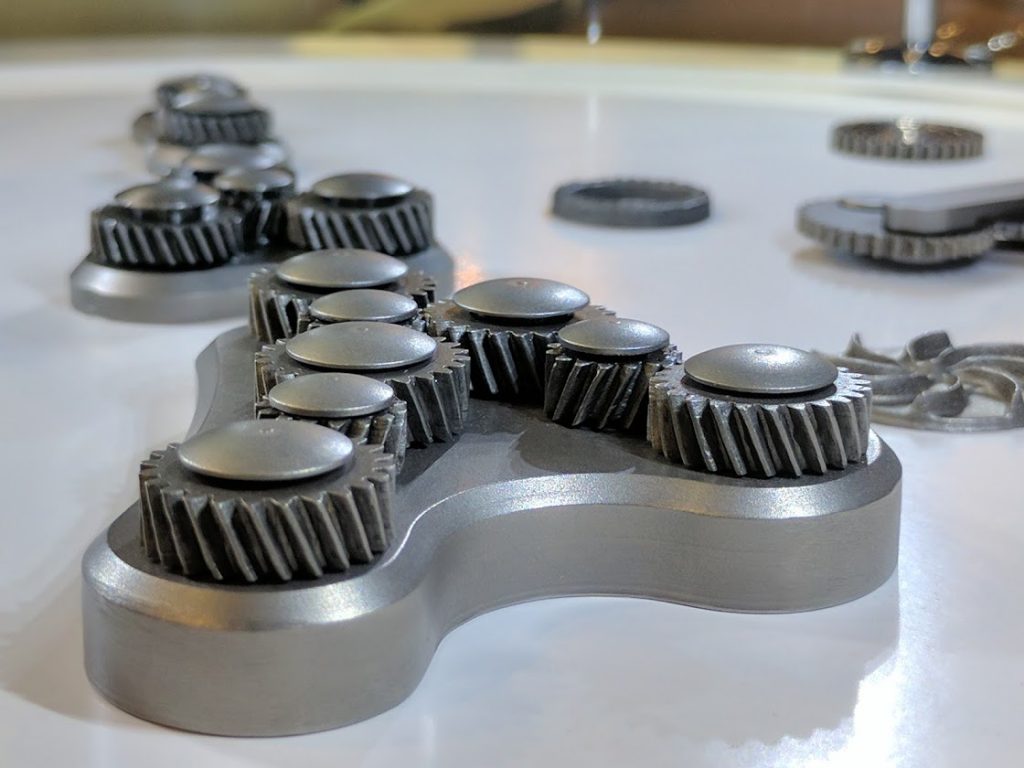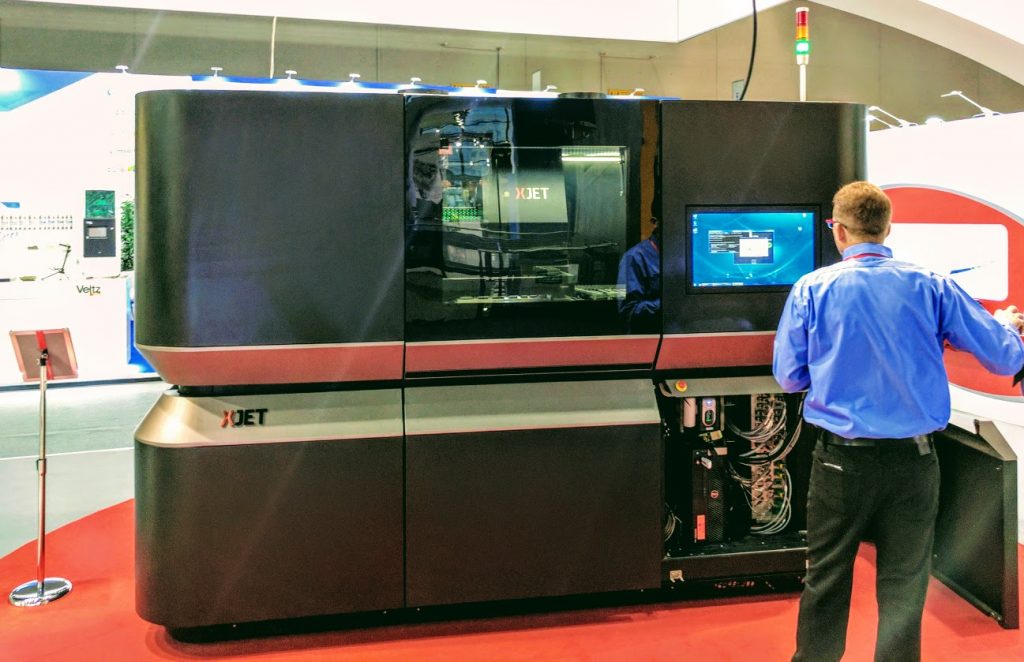Having recently launched a new technique for 3D printing metal with Nano Particle technology, XJet are also addressing ceramic materials. XJet showcased their latest capabilities at the Formnext trade fair in Frankfurt Germany, and the results look impressive. Xjet and their ceramic Nano Particle Jetting were briefly covered in 3DPI’s round-up of Formnext, however, this article will look at some of the implications and significance of this technology on ceramics and the dental industry in particular.

Ceramics are widely used in the dental industry, while patients do opt for metal crowns with gold and silver being an option, most patients seek ceramic solutions as they provide a more convincing look and blend in with other teeth. However, the traditional method of creating a ceramic crown can be quite tedious as it involves a number of different processes.
Once an impression of the patients teeth is made by the dentist using a dental tray which the patient bites into, this is sent to a Dental Laboratory for a technician to then create a plaster mold. Following this, the technician will build up a wax impression of the tooth on the plaster casting where the crown will go. After the wax model is made, it is placed inside a tube and more plaster poured to surround it: leaving one or more passages for air to escape when the final metal is poured. Once the plaster is set, the mold tube is placed into a furnace to burn out the wax and leave a void into which the material for the crown will fill.
Despite the effectiveness of this traditional process, a great deal of the method involves waiting around for materials to set or to melt. Whereas, the 3D printing method is one continuous process rather than a number of processes separated by a number of wait times. This means that creating a ceramic crown can take a considerable length of time after the job is sent to a laboratory, roughly two weeks on average.

Addressing this, Dror Danai, XJet CBO, spoke recently to TCT about the significance of using ceramic material and explained that they had started experimenting with ceramics over the summer and are already seeing successful results.
Some companies that are interested in ceramics, a lot more than metal said ‘look this nano particle jetting may work also for other materials’. The original thought we had, based on specific request, came from the dental industry. It has been presented to us that if we can do it that has the potential to change the dental world.
The potential advantages of 3D printed ceramic crowns is primarily ease of use and speed. If XJet and other 3D printing companies continue to refine their technology it does not seem absurd to imagine a process which could completely eliminate the need to send dental work away to laboratories and technicians.
In addition to speed, such a process would also mean the level of expertise would no longer be needed and the opportunities for human error minimized. Furthermore, having a digital model this would mean that if crowns were ill-fitting for a patient the process of readjusting the tooth would be simple. Rather than having to send the crown back to the laboratory in order for it to be adjusted, it could simply be refined on a computer and then reprinted.
Before now 3D printing with ceramics had not been able to replicate the intricacy required to produce dental crowns but with the use of XJET’s Nano Particle Jetting, 3D printed teeth could now be a possibility as Danai reiterating his point at Formnext explains,
All of a sudden you can start thinking about ceramic coping or ceramic crowns and that has huge potential to reinvent the way the dental world works.
Featured image of XJET at Formnext. Photo by Michael Petch.



